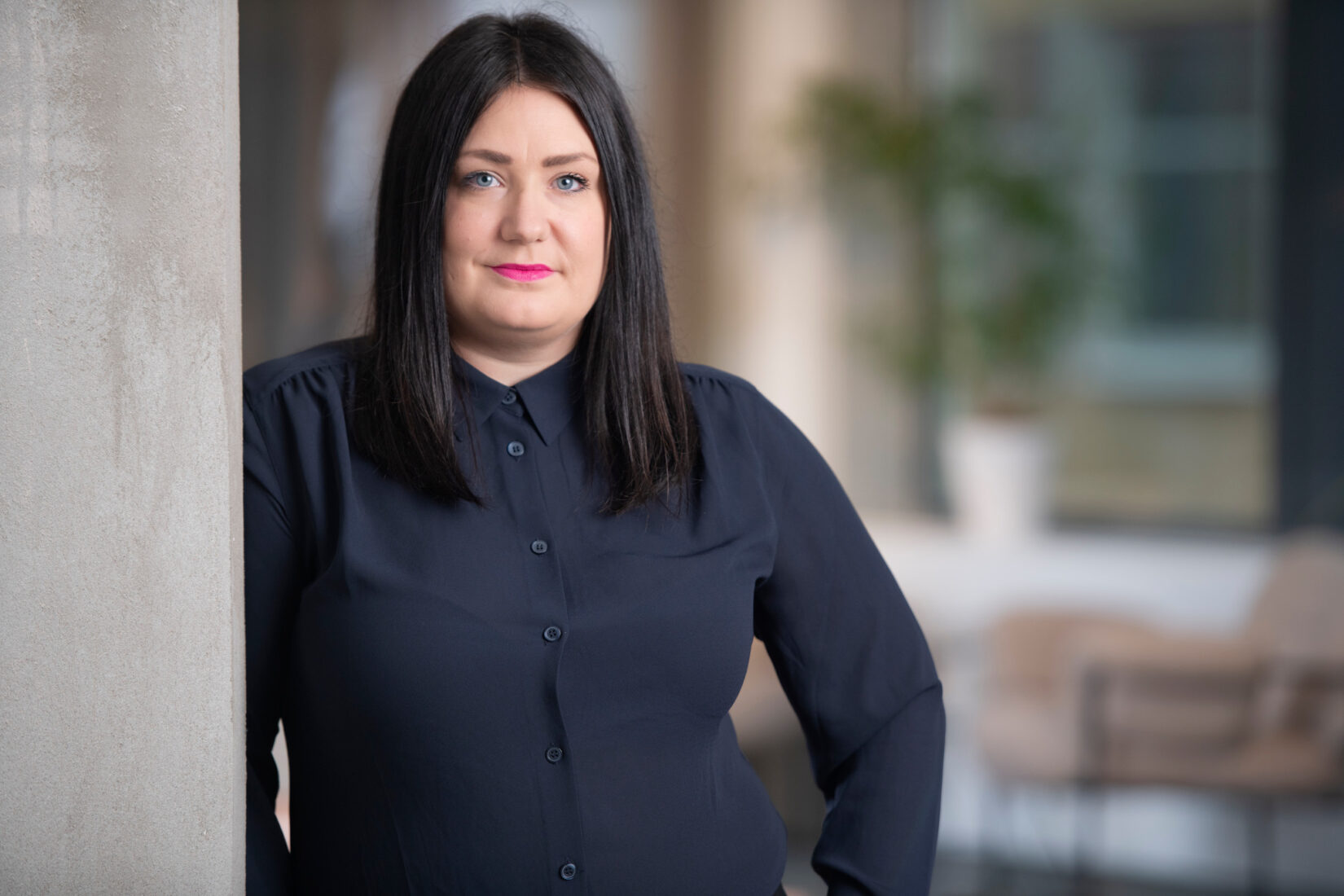What do you work on?
We examine Sweden’s image to the rest of the world. Partly by investigating the perception of our country but also by following information flows when Sweden is mentioned in international media, on social media, in blogs and forums. We do that in 53 languages.
Why is that important to know?
Sweden is dependent on having good relations with the outside world. It is critical for our diplomatic relations, for trade and skills supply, and for our security. Our analyses increase the understanding of opportunities and challenges for Sweden internationally and how the country can continue to be relevant.
How do you analyse information flows?
We collect large amounts of data in the form of articles and online posts using digital tools. We then sort and analyse the material. The data that we use is openly available on the internet, for example, on platforms where users have approved the release of their information or on platforms that have a responsible publisher. The analysis provides insights into how Sweden is portrayed, how published information is disseminated and what triggers engagement.
And how do you find out what the public in different countries think of Sweden?
It is about perception, i.e. the perception of a general or specific target group. We measure this through survey studies, focus groups or interviews. Then we ask, for example, what the target group associates with Sweden, what they know about our country and how their image of Sweden has changed. Most recently, we examined the perception of Sweden in the Western Balkans, and this autumn, we will examine the perception in countries in the Middle East and North Africa (MENA) region and Asia.
Who uses your analyses?
We work on behalf of the Ministry of Foreign Affairs. In addition to them, we have close contact with other authorities and organisations, such as the agencies operating abroad, the Swedish Psychological Defense Agency (Myndigheten för psykologiskt försvar, or MPF), Business Sweden and Visit Sweden. Anyone interested can subscribe to our newsletter Utblick (Outlook).
Can you say something about those trying to negatively affect Sweden’s image?
We look at the whole picture by monitoring the amount of information flows about Sweden in the media and on social media – what is said and how, to what extent and where.
It is the MPF that analyses which international actors are behind any influence operations. SI also does not make any sort of security assessment, that is done by the Swedish Security Service (Säkerhestpolisen).
And what does Sweden’s image look like right now?
Several events have attracted global attention over the past year, including the Qur’an burnings that have provoked strong reactions in the Muslim world and received wide coverage in the international media. The image of Sweden varies depending on the context and, for example, geographical and cultural distance from Sweden. We do not yet know to what extent these events have changed the perception of Sweden. The studies in the autumn will give us more information.
Do you want to know more about Sweden’s image or anything else about SI’s activities? Contact us at 08-453 78 00, si@si.se, or SI’s press line for media inquiries: 08-410 186 72.
